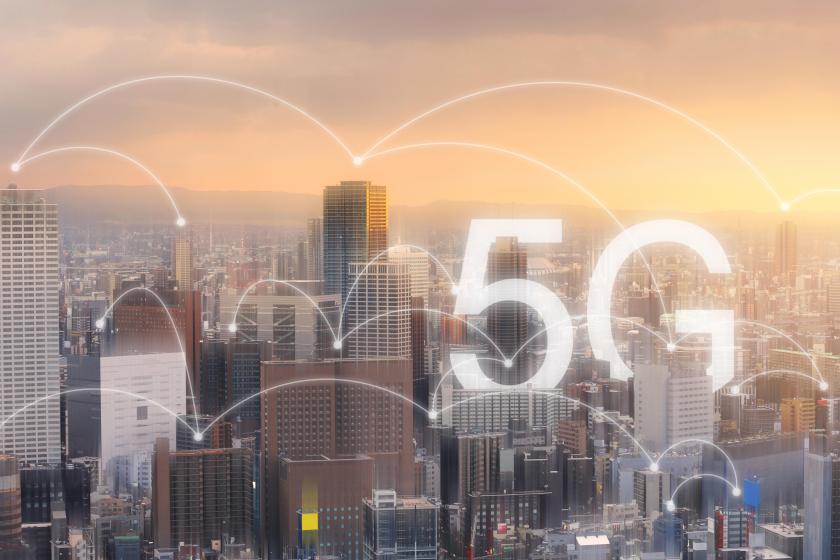Solving the In-building Cellular Signal Propagation DilemmaSolving the In-building Cellular Signal Propagation Dilemma
5G signal attenuation greatly impacts in-building cellular coverage. A new Corning solution tries to address the issue.
February 10, 2024

This week, Corning introduced Everon 5G Enterprise Radio Access Network (ERAN), a new solution to expand the use of cellular services inside buildings.
The solution aims to meet enterprise connectivity needs in various high-density environments, such as those found in airport terminals, hospitals, hotels, manufacturing plants, and more.
When announcing ERAN, Corning noted that delivering indoor cellular coverage has been a challenge both enterprises and 5G providers have faced for years. The problem is that 5G uses higher-frequency spectrums, and transmissions at such frequencies are easily attenuated or blocked.
As we noted in “Trees Grow” and Other Tales of Wireless Deployment, vegetation and structures (buildings, construction scaffolding, elevated roadways, etc.) have always had an impact on wireless signals. As such, a signal propagating into a building is quickly attenuated. These issues are more pronounced with 5G.
Another implication of higher frequency signal attentional is that antenna placement and location are essential. A 4G operator can place an antenna on top of a high building or a mountain. That antenna can serve 50,000 or 60,000 customers.
A 5G signal can only travel a much shorter distance before attenuation degrades the quality of the connection. As such, many more antennas are needed, each serving a small physical area. Those antennas are usually placed on lampposts in front of an office and serve about 50 customers.
Indoor cellular signal propagation issues
Wireless signals, whether Wi-Fi or cellular, can be attenuated or blocked within a building due to multiple factors.
Different building materials absorb wireless signals to varying degrees. Materials like concrete, metal, and brick can significantly weaken signals as they pass through, while materials like glass and wood have less impact but still contribute to signal loss.
The physical layout of a building, including the placement of walls, floors, and large metal objects, can create areas of poor reception or dead zones where signals are either too weak or completely lost.
IT managers have several options to address these issues when the wireless signal is Wi-Fi. However, the options for cellular are limited.
For example, IT managers frequently use Wi-Fi boosters to extend the range of a Wi-Fi signal and make the signal available in under-served areas of a building. Comparable to Wi-Fi boosters, there are signal boosters for cellular services that help expand a signal's reach deeper into a building.
Another approach to make robust Wi-Fi available is to strategically position Wi-Fi routers and access points throughout a facility. There is nothing comparable for cellular. That is what the ERAN solution tries to help.
The solution combines the benefits of small cell radio access networks (RAN), which accommodate multiple frequencies, with the advantages of distributed antenna system (DAS) technologies, which provide reliable signals in high-density environments.
In addition, the solution’s Open RAN architecture allows the system to work with multiple mobile operators over a common network. The practical implication is that if one provider's antenna placements under-serve a section of a facility, an enterprise could work with other providers with antennas in the right places to cover those dead zones.
Related articles:
About the Author
You May Also Like




